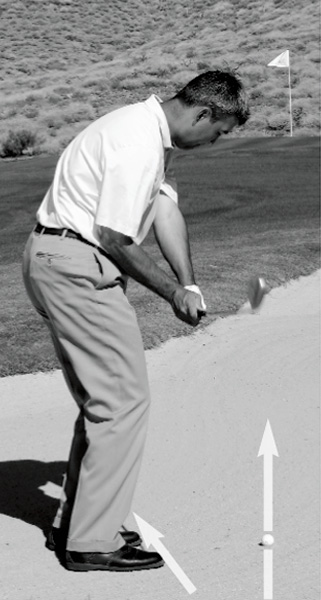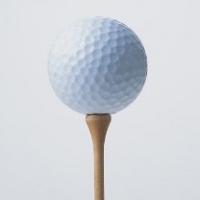Problems Of Descent In Skin Diving Explained
One of the most far reaching and oft experienced laws of physics encountered by divers is Boyles Law, which states, essentially, that under conditions of constant temperature, pressure and volume of gases are inversely proportional. This means that as you increase the pressure applied to a flexible container, the volume of that container is decreased.
For instance, visualize a balloon inflated at the surface and then taken underwater. As the balloon is taken deeper the pressure upon it increases and the size of the balloon decreases. What is happening, of course, is that the water pressure outside the balloon is compressing the balloon, and the air inside it, until the air pressure inside is equal to the water pressure outside.
As the balloon is brought toward the surface, the water pressure outside is lessened because of lessening depth and the balloon begins to grow in size, or volume again, until, at the surface it is again its original size or volume.
Ear Squeeze
As Boyles Law affects the human body, its importance is immediately obvious. For instance, the middle ear is a natural air space in the body, with a flexible wall exposed directly to outside pressure. (The eardrum). When a diver descends from the surface to a depth underwater, the air inside the middle ear is at surface pressure. As his depth increases, surrounding or ambient pressure increases. In accordance with Boyles Law, the eardrum bows inward, thus reducing the volume of the middle ear, and causing considerable pain in the process.
If the outside pressure is increased enough and the air pressure inside the middle ear is not raised to equal it, the result will be a bowing inward of the eardrum until it can bow no further, but instead implodes or ruptures inward. When this occurs, cold water rushes into the middle ear, creating dizziness, confusion, and a loss of balance. Often this bursting of an eardrum underwater creates a condition known as vertigo, which is a combination of all the symptoms. If the diver will remain stationary and wait a few minutes, the condition will correct itself as the body becomes accustomed to the new condition. However, there is a serious possibility of infection and the ruptured ear should receive treatment by a physician.
Sinus Squeeze
The sinuses are also connected to the respiratory system, and are filled with air. If the opening or passage to the sinuses is closed for any reason, the walls of these structures being composed of tissue, will attempt to bow inward until the cell walls rupture and the structures attempt to equalize the pressure by partially filling the cavity with blood.
The obvious means of preventing these mishaps is for the diver to forcibly equalize the air pressure in these natural air spaces. If, for instance, the diver holds his nose and blows, he will force air, under pressure, into the middle ear, via the connecting eustachian tubes. If these tubes are blocked by mucus or other matter, clearing of the ears is impossible, and the diver should not attempt to descend.
The same applies to the sinuses. Very often, even though the diver has apparently been successful in clearing, or equalizing as he descended, he will experience a slight nose bleed upon surfacing. This means that he was unable to equalize his sinuses completely, and that some of the minor capillaries have ruptured. As long as the bleeding is minor, and stops soon after surfacing, it is unimportant. However, if nosebleed persists, or is profuse, medical attention should be procured without delay.
Most of these problems of descent can be helped by a little common sense. Good luck!
Planning A Scuba Diving Trip
Padi Centre London From London Diving: The Best Diving Experience


